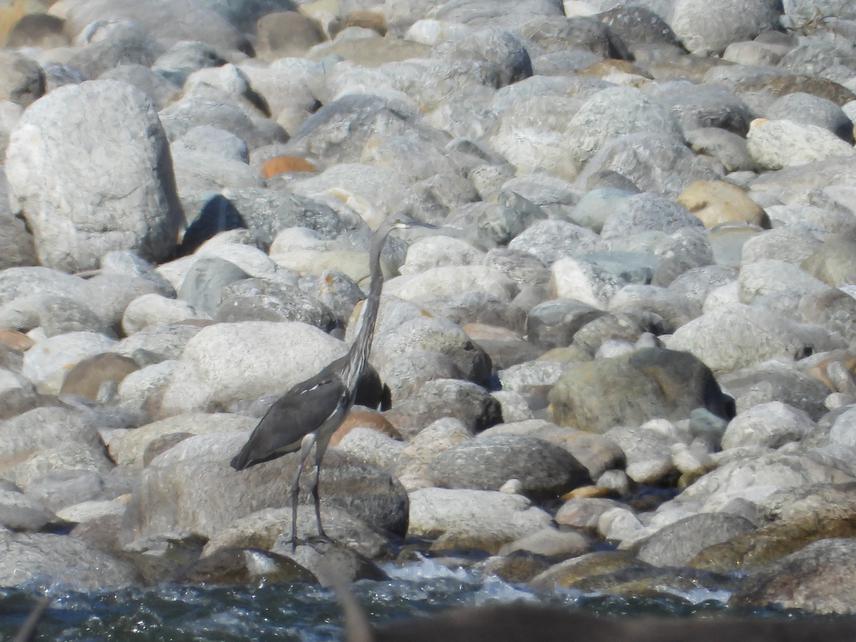Article featuring the project.
Rohan Menzies
The White-bellied Heron (Ardea insignis) is a Critically Endangered river bird which is highly range restricted. The eastern part of Arunachal Pradesh in India harbours one of the last remaining established populations. Since this species is extremely elusive and persist in such low numbers, many aspects of its basic ecology and genetics remain unanswered.

In India, the White-bellied Heron population in Namdapha Tiger Reserve appear to survive mainly in the protected areas, and although there have been a few recent records of individuals in other areas in the region, this could be the last stronghold for the species. It is therefore imperative that we gain an understanding of the preferred habitats and conditions required by the White-bellied Heron to continue to persist in India. This project aims to understand the impacts that human activities have on the habitats of the heron as well as to ascertain how these threats can be mitigated in order to benefit the species.
Since the heron population is low, it is important that we are able to determine at least the minimum number of individuals in the region. Due to its highly sensitive behaviour in the presence of humans, the best way to count this monomorphic species would be to use non-invasive genetic approaches. By collecting faecal samples, we will also be able to measure the levels of genetic diversity in the population and identify sex-ratio skewness and inbreeding levels.
Over the course of this project, we will work closely with the forest department staff and local communities to orient them towards recording the White-bellied Heron and monitor them regularly during their visits to the protected areas. Regular and meticulous information on the species from the region will be beneficial for the long-term monitoring and conservation of the species.
Project Updates
3 Jun 2024
12 May 2025
Article featuring the project.